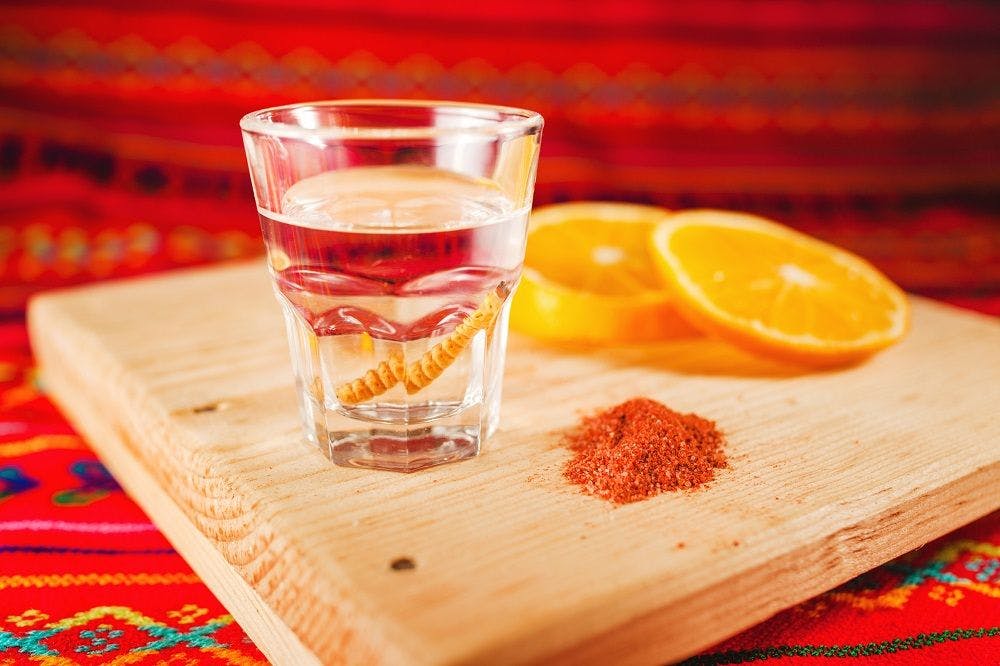December 8, 2022
•
5 min read
Mexican Liquors You May Not Know
In this article, we explore some of the lesser known Mexican liquors. Click here to learn more!
Rafael Bracho
Insurance Expert
Introduction
Mexican Liquors You May Not Know
You’ve likely heard of tequila, but there are many different, lesser-known alcoholic beverages in Mexico. Many of them have their own unique processes that provide a distinct flavor to both connoisseurs and casual drinkers alike.
In this article, we’ll explore some of these alcoholic drinks, the regions that birthed them, and the ways in which they are crafted—so that you can better learn about Mexico. Whether you’re traveling and exploring Mexico as a nomad or living here as an expat, you’ll be equipped to order off any menu.
Pox
Mexican Liquors You May Not Know
Crafted in the mountains of Chiapas, there is a corn distillate that comes from the corn fields—or milpas—called “pox”. From the Tzotzil language, the word “pox” means “medicine”, “cane”, “liquor”, or “cure”. It is pronounced “posh”.
Pox is made with piloncillo—which is a type of raw, sugarcane—and corn. They are mixed into a mash, and then distilled into a rather strong spirit that is surprisingly smooth. Pox is often cured with tropical fruits.
It was traditionally used as a [medicine for a multitude of treatments](https://es.wikipedia.org/wiki/Pox#:~:text=El%20pox%20o%20posh%20(%2F,de%20ca%C3%B1a%20saborizado%20con%20ma%C3%ADz.), and in ceremonial rituals for centuries by the Tzotzils of Chiapas. I have tried the ceremonial pox and I can attest that it’s incredibly smooth and flavorful—however, the drink itself is stronger than your average pox. It’s 56% alcohol or 112 proof!
Pox is served with orange slices that have sprinkled coffee grounds atop it, which are meant to be chewed after sipping the pox, similar to salt and lime when drinking tequila.
Raicilla
Mexican Liquors You May Not Know
Raicilla is a distillate from the agave plant that comes from the state of Jalisco and neighboring Nayarit. It could best be described as a tequila moonshine. It’s very strong and harsh. Unlike tequila, raicilla is not aged in wood barrels to give it color, and is often served as a “blanco”, meaning a young spirit.
To be raicilla, it must be made from 100% agave. However, additional ingredients can be added to achieve what is known as “abocado”. There are two different types of raicilla, Raicilla de la Costa and Raicilla de la Sierra—which only differ in the agaves used in their production.
Furthermore, there is another distinction in raicilla. There is raicilla, raicilla ancestral, and raicilla artesanal. These differ in their production method:
Raicilla – Uses any methods in its production, most of which generally originate from the production of tequila.
Raicilla Artesanal – Usually cooked in well ovens or elevated masonry ovens heated by gas or firewood, then fermented in containers made of all manner of materials from stone to animal skins. Lastly, it’s distilled then stored in copper, clay pot, or stainless steel containers.
Raicilla Ancestral – Raicilla Ancestral is only cooked in well ovens, ground in the traditional fashion, fermented in wood, clay, or animal skin containers, and distilled over direct fire.
Sotol
Mexican Liquors You May Not Know
Sotol comes from the Mexican states of Durango and Zacatecas. It comes from the plant “sotol”, which is related to the agave plant—though far smaller. It also takes less time to mature. The taste of sotol is comparable to a smokey mezcal made with tobalá agave.
It can be unpalatable to many people who dislike mezcales, but there are many who have taken a liking to sotol. In recent years, with the popularity of mezcal globally, sotol has been riding this trend to gain familiarity in Mexico and around the world. I personally have had a shot of sotol in a very expensive restaurant in London.
Pulque
Mexican Liquors You May Not Know
Like tequila and mezcal, pulque is also made from the agave plant. However, it’s not a distillate like the other liquors mentioned in this article. It’s made from the fermented aguamiel of a mature agave plant. It’s also the only liquor on this list that is prehispanic—and its production has been around for thousands of years.
When an agave plant reaches the end of its life—which is generally when it’s about 10 – 12 years old—a hole is cut in the center of the piña. This cavity will fill with liters of agave sap (called “aguamiel” in Spanish) each day. For the final year of its life, the agave plant gives about 100 gallons of aguamiel.
This agave sap is then collected and fermented in plastic jugs (remember that many of these are rural operations which farmers do as a side-gig) for 3 – 7 days. The result is pulque. It’s fairly alcoholic, about as strong as a beer, and it’s very economical.
Pulque could me described as having the consistency of runny snot. Many foreigners dislike it. In recent years, it has gained a popularity in trendy bars in the US. In Mexico, curados have become the recent trend. The pulque is blended with raw ingredients, such as tropical fruits and even modern ingredients like oreo cookies.
Conclusion
Mexican Liquors You May Not Know
Mexico is a rich country encapsulating many different cultures—more than one per each 32 states. Each culture has its own contribution to the cultural landscape of Mexico. Inevitably, some of these contributions would be in the form of Mexican alcoholic beverages.
If you partake in alcohol, we recommend that you try these unique drinks at least once so you can better familiarize yourself with the people and places that Mexico has to offer.
Rafael Bracho
Insurance Expert & Writer
For several years, Rafael has been crafting articles to help expats and nomads in their journey abroad.
Get Protected While Living Abroad
Found this article helpful? Make sure you have the right insurance coverage too. Get instant quotes for international health, life, and travel insurance.
Takes 2 minutes • Compare multiple providers • Expert advice

